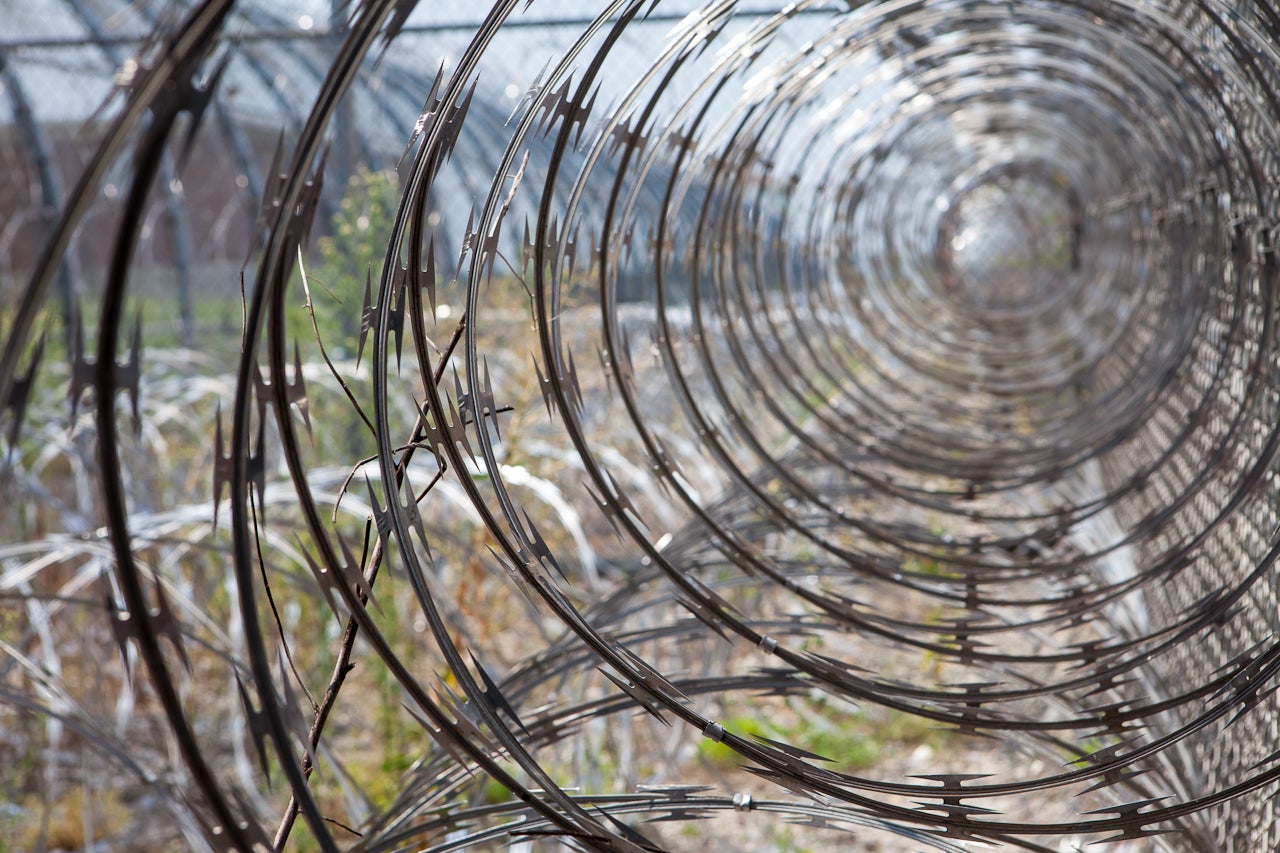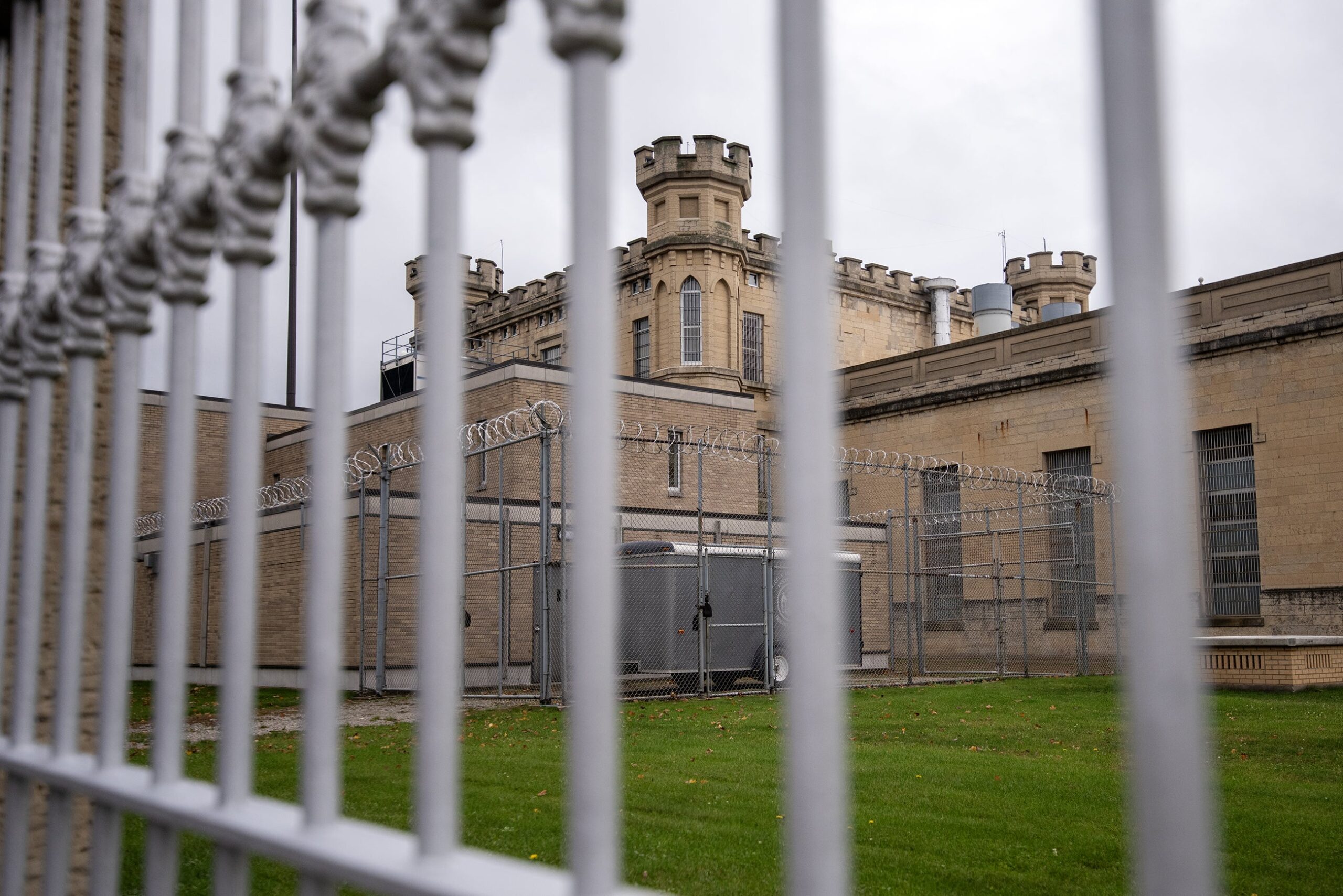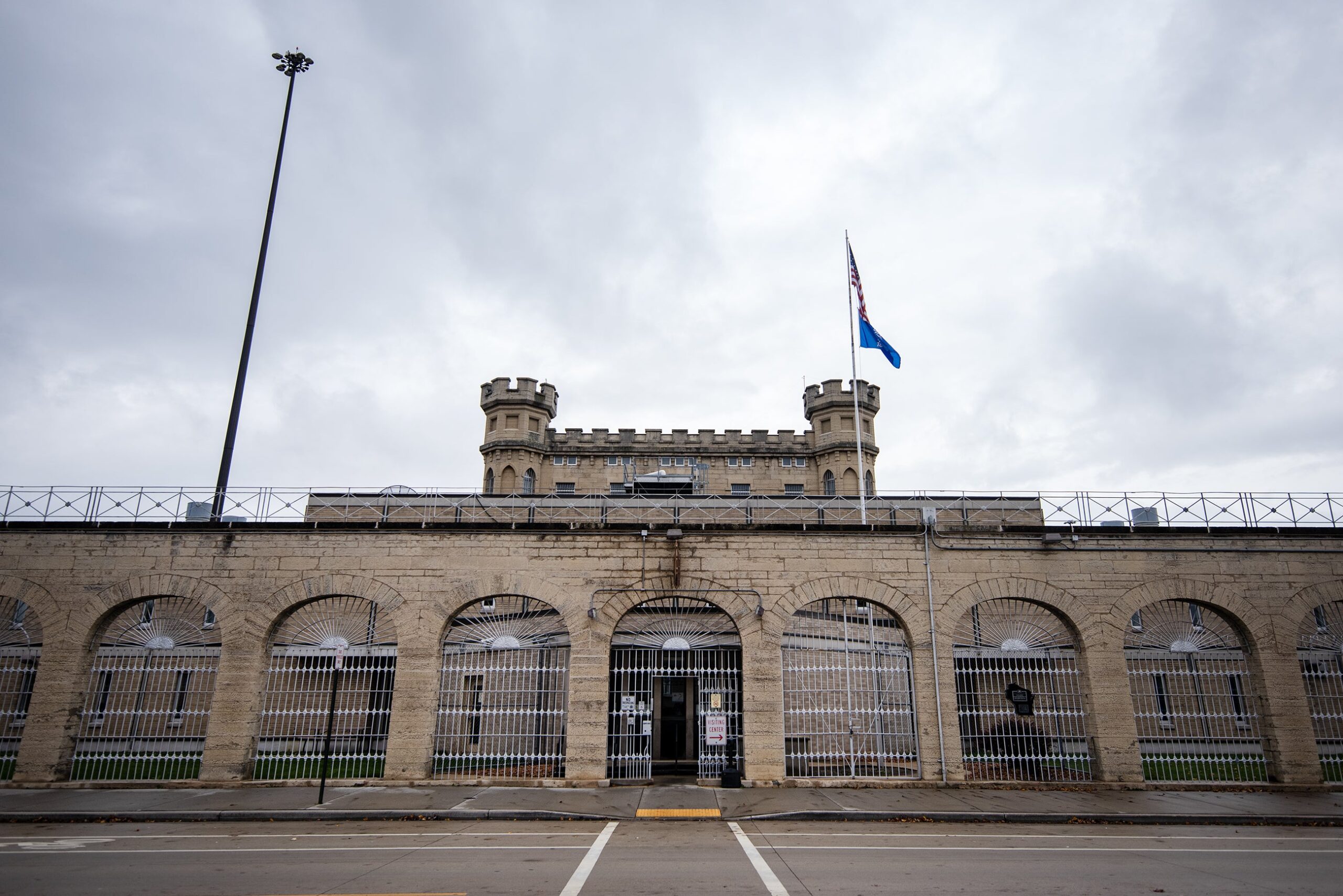More than 8 percent of Wisconsin’s prison inmates are currently infected with COVID-19, with a total of 10 COVID-19 deaths now reported by the Wisconsin Department of Corrections since the start of the pandemic.
The DOC’s COVID-19 dashboard shows 1,703 active cases across the state’s 37 correctional facilities and 6,781 inmates in quarantine or isolation. Kettle Moraine Correctional Institution has had the highest number of positive tests at 872. Oshkosh Correctional Institution has had 695 positives, and Waupun Correctional Institution has had 678.
According to the DOC, 1,157 staff have also tested positive for COVID-19 throughout the pandemic. There are 265 active cases among corrections employees.
Stay informed on the latest news
Sign up for WPR’s email newsletter.
DOC spokesperson John Beard said that has added to the complexities of trying to manage the spread of the virus within confined, group housing with shared facilities.
“It’s not ideal when you have a dozen or two-dozen staff members who were either tested positive or exposed,” said Beard. “I think, you know, obviously it would put stress on any workplace if that’s the case. But also, like other workplaces, you depend on other people to step up and help out and maybe do a little extra work. And that’s been the case.”
Beard said compared to other prison systems in the Midwest, the DOC has had the second-highest rate of testing. He said testing strategies vary by institution but, in general, inmates are tested when they develop COVID-19 symptoms or have been in close contact with others who have tested positive.
Beard said in the past week the Wisconsin National Guard has conducted mass “outbreak testing” at five state prisons, including Dodge Correctional Institution and New Lisbon Correctional Institution.
In order to separate infected inmates from the general population, Beard said some prisons have moved those inmates to solitary confinement cells, which DOC calls “restrictive housing,” because they have toilets and sinks. He said that means inmates don’t have to move through the facility to use bathroom or shower facilities.
Beard said those inmates also have access to their personal things as opposed to when they’re isolated for rule violations.
But some state prisons don’t have enough space to separate infected inmates.
“So to limit any other movement to try to keep the virus from spreading, in a couple of instances, they have to quarantine everyone in place to make sure no one else is moving, because at that point it becomes logistically difficult,” Beard said.
Wisconsin Justice Initiative Executive Director Gretchen Shuldt said the current outbreaks in Wisconsin prisons could have been prevented if Gov. Tony Evers and the DOC had released low-risk inmates from minimum security prisons to reduce numbers.
“This is clearly a botched opportunity on the part of the state,” Shuldt said. “They could have stepped in and made this situation so much less awful than it is for people on the inside and the people outside worried about them, wondering if they’re OK, wondering if they’re dead.”
Anna Wineland, who contacted WPR through its WHYsconsin project, has a fiancé at the Kettle Moraine prison in Plymouth. She said he hasn’t tested positive, but said she’s worried for his safety.
“It’s very scary because they’re overcrowded, and they’re not, you know, enforcing any precautions really consistently,” said Wineland.
Shuldt also said using solitary confinement cells to isolate sick inmates could exacerbate the spread of COVID-19 because inmates might feel they’re being punished for admitting they’re sick.
Wisconsin Public Radio, © Copyright 2024, Board of Regents of the University of Wisconsin System and Wisconsin Educational Communications Board.





